Art Investments
Buying Your First Piece of Art: A Guide for Filipinos
The ultra-rich are no longer the only ones who can afford to acquire works of art. There are a variety of approaches to collecting and investing in art, and many pieces of art are available at reasonable prices. It’s true that it might be difficult to even consider the prospect of making a major purchase. To begin, you may acquire works of art from a number of sources, such as the artist themselves, an auction agency, or a gallery. The question then becomes, where do you even start? No matter whether you’re an old hand at collecting art or just starting out, there are a few things to keep in mind as you build your collection. The first steps are outlined here.
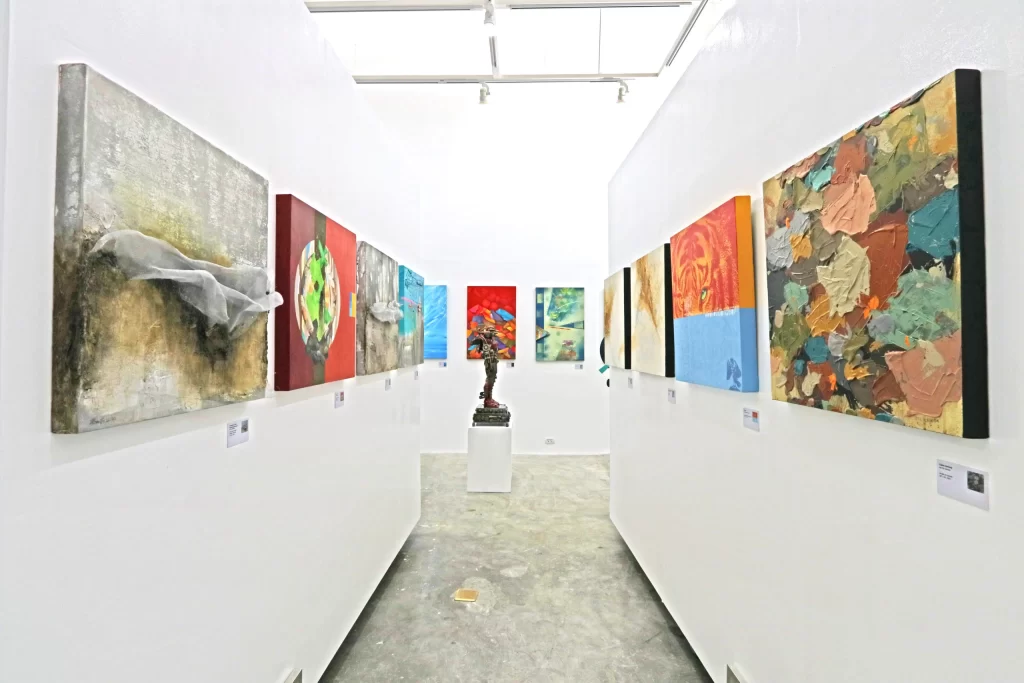
1. Determine your areas of interest. What has the most emotional impact on you? Don’t rush into creating an artistic character. There is no absolute truth in art, but you should be aware that your own preferences may change with time. What you enjoyed a few months earlier may have altered as you continue to come across new pieces of art. You may figure out who you are as an art collector or fan at your own pace. Read all you could about the artists that tickle your interest, and spend as much time as you need to choose the kind of art collector you desire to be. The more art you see, the more probable it is that you will become a collector.
2. Do your homework on the artist. When contemplating purchasing art, one of the first things you should do is to research the artist. You should do research on the artists to obtain a feel of who they are as creators, how they operate in the studio, and their involvement in exhibits. The artist’s internet presence, including their website and social media sites, is a great place to start your investigation. From their public profiles, you may discover more about their work, creative history, personal life, educational background, and other interests. A website for an artist will often include samples of their work, descriptions, and price, as well as a résumé and a statement about their profession. This might reveal information on their previous museum and gallery exhibits.
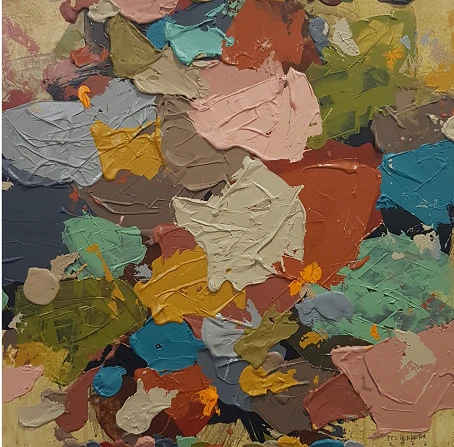
24″ x 24″, 2022
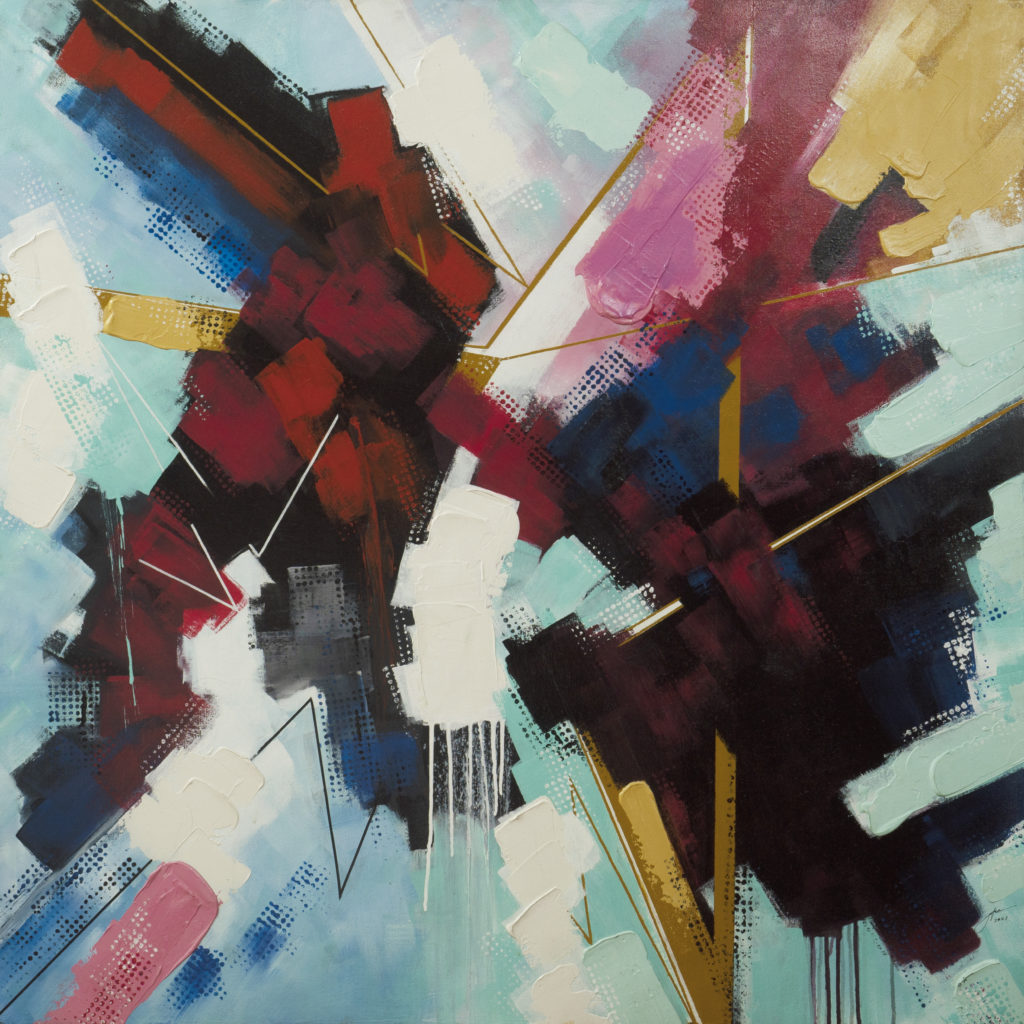
50.5″ x 50.5″, 2021
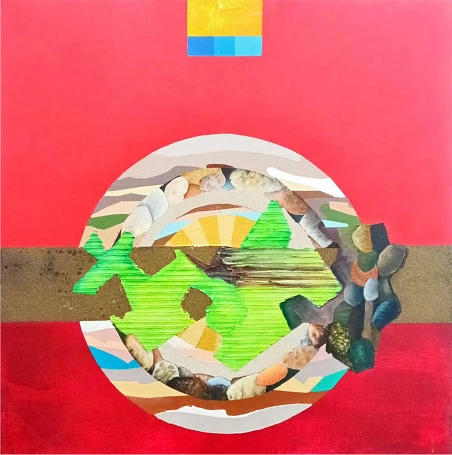
24″ x 24″, 2021
3. Art is very personal. Many people believe that hanging up works of art can increase the value of a home, but this is only true if the buyer truly appreciates the work. Remember that you’ll be looking at this item for the next few years every time you walk into your living room, bedroom, or workplace. Expression through art is uniquely individual. If you’re going to invest in a piece of art, it should be something that makes you feel something or that embodies a desire of yours. You shouldn’t waste your money on something that isn’t aesthetically pleasing. Don’t second-guess yourself; let your eyes do the math.
4. Art investing is long-term. Be brave in your selections, but use discretion as well. You can expect to keep the piece of art you buy for many years, if not forever. It’s not common for an artwork to be purchased at auction and then resold a few years down the line for three times as much as it was originally sold for. Because appreciating art is a process that can take years, you should consider whether or not the piece you’re considering is suitable for your home over the long haul. The act of collecting art is deeply satisfying to many people and often reflects their individual tastes and interests. Use that enthusiasm as a compass as you add to your collection. You can become a smarter collector and, with any luck, end up with exactly what you want if you take the time to learn about the medium, the artist, and the type of work you want to begin with.
5. Recognize the significance of valuation. In order to determine a fair price for a work of art, it is necessary to have a firm grasp on the medium in which it was created. Canvas is more expensive than paper for most projects. Unique items have a higher market value than mass-produced replicas. When haggling for an expensive piece of art, it’s best to proceed with caution. You shouldn’t make a creative person feel underpaid. You also shouldn’t devalue an artwork or an artist’s efforts. Also, you’re looking for the lowest price available. It’s important to know where to draw the line when treading that fine line.
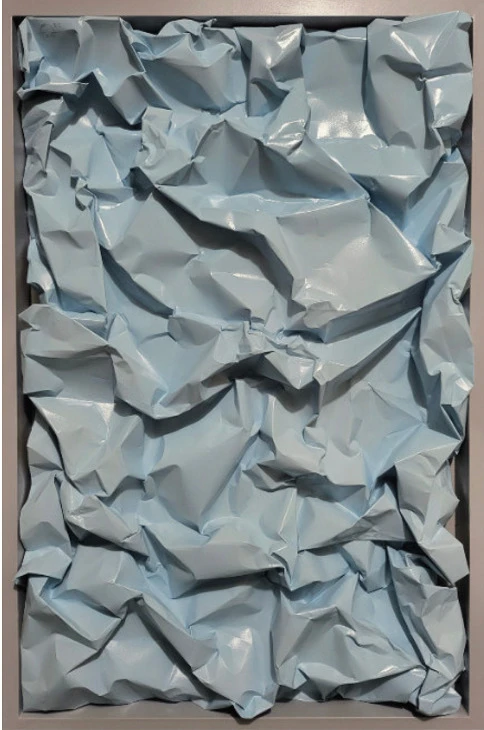
36″ x 24″, 2022
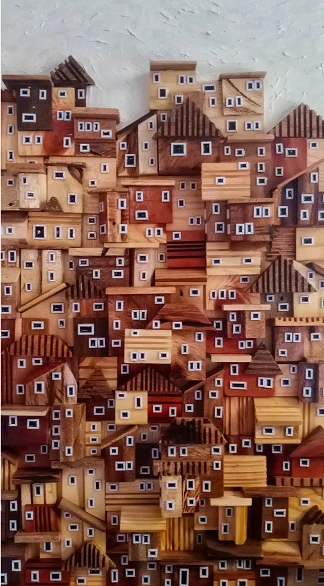
15″ x 30″, 2022
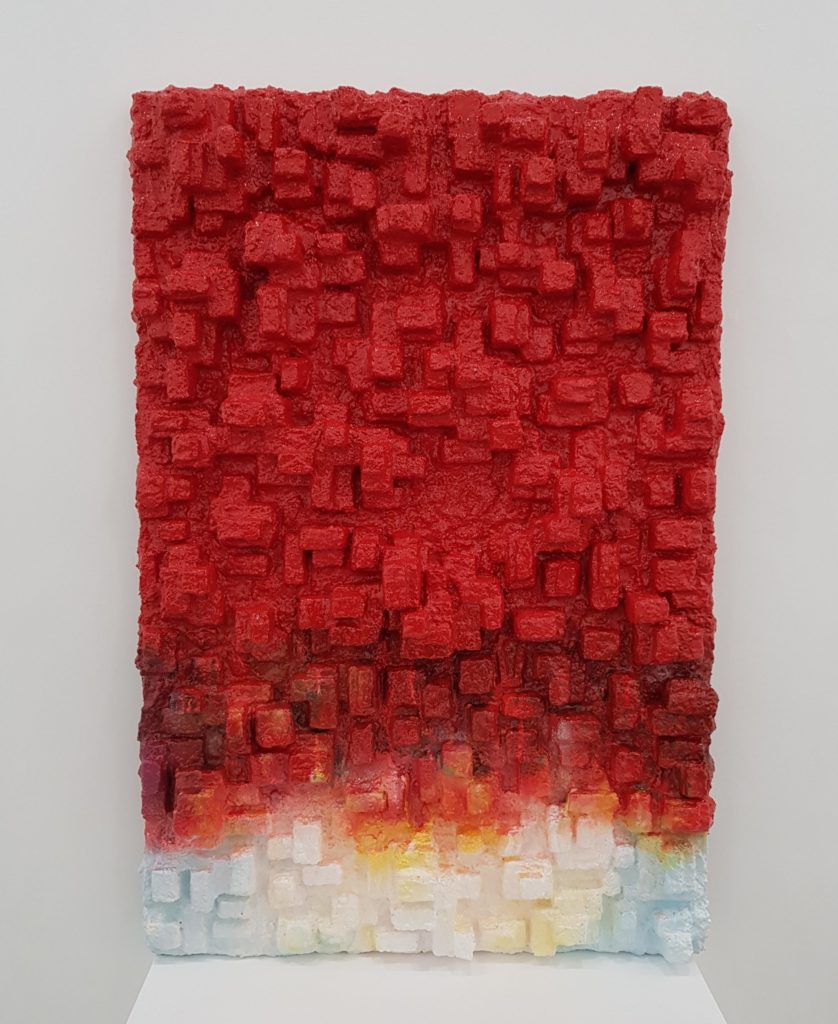
36″ x 24″, 2022
6. Record every single detail. Never purchase a piece of art without first verifying its history. If you’re buying or selling artwork, it’s important to keep all of the paperwork associated with it in one place. The history of a piece of art is as significant as that of the piece on its own. This factor can also be used to estimate the future worth and legitimacy of your artwork.
7. Do yourself a favor and invest in some sort of insurance. Purchasing insurance is the most effective way to safeguard your investment. You can sell it or pass it down through the family tree if you so choose. There are a select few reliable insurance companies to whom you can entrust the responsibility of protecting your priceless works of art.
Written by Cherry Fulgar
For more information, contact Imahica Art at +63 917 894 5646, or email thegallery@imahica.art

